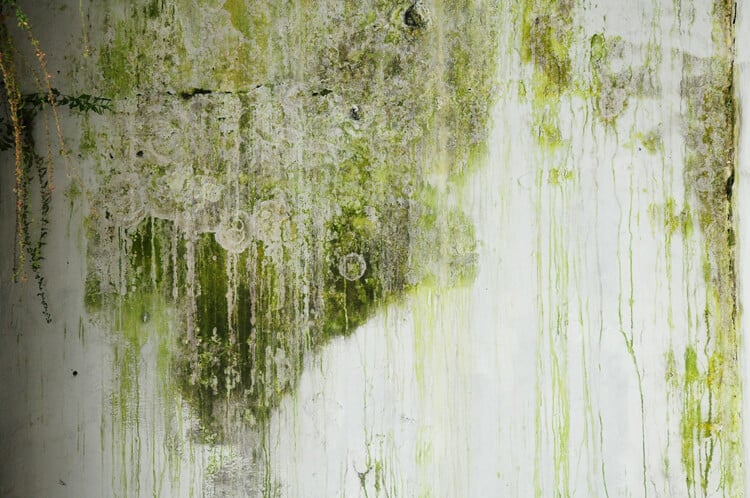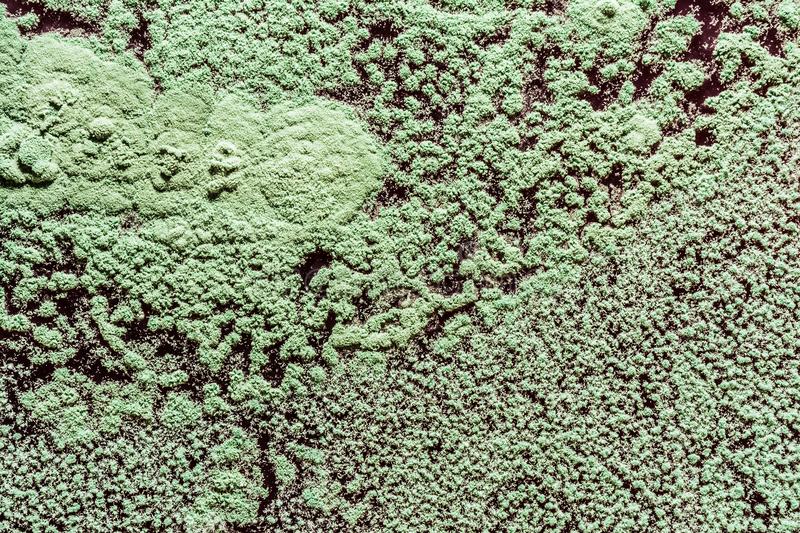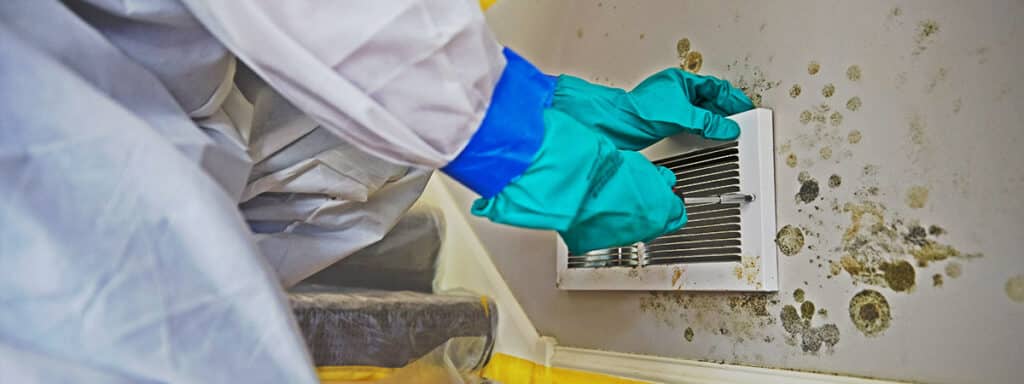
Green Mold in Maryland Home
No matter what color mold assumes (green, blue, pink, yellow, or black), the fungi are toxic to humans, especially when spores flourish inside a home or place of business.
Green mold is not a specific type of mold. Many species of fungi with greenish-hued spores are referred to as green mold.
Thousands of species of green mold blanket our planet. In comparison, hundreds of thousands of mold types of all kinds invisibly meander through the environment.
Green mold species appear soft, fuzzy, or powdery with different hues of green. You may have seen green mold on fruits, bread, and many other foods. However, green mold can also grow in wet areas of your home.
The most common species of green mold include Cladosporium, Aspergillus, and Penicillium.

Cladosporium
Olive green thrives on plants, but can also grow on household surfaces like walls, cabinets, and carpets.
Aspergillus
Typically grows on spoiled food like bread but can also grow on nutrient-poor but moisture-rich environments like basements.
Penicillium
Known for its antibacterial properties and usually bluish green. Can also emit mycotoxins toxic to humans and animals. Penicillium prefers colder environments like soil, but some also form on wet items in the home.
Green Mold Risks
Like all mold, green mold is toxic and poses as a health risk to humans. Those with weakened immune systems are more vulnerable when mold growth occurs indoors. Green molds, like Aspergillus, can spur the onset of pneumonia and lung inflammation.
Green mold also triggers reactions, like coughing, runny nose, watery eyes and itchy skin, in anyone susceptible to allergies and asthma. Even those with no history of respiratory conditions can experience allergy symptoms when inhabiting a space infested with green mold colonies.
How to Identify Green Mold
Green molds are identified by their greenish hue. However, green mold can also be difficult to recognize, it can show up as different colors on various surfaces.
Splotches of varying hues of green and green grey in darkened, damp recesses are an indication of green mold. Green mold also commonly grows alongside molds of varying types, like black or pink mold.
Wood is a primary target for mold. Wooden floors, ceiling beams, and walls can host green mold colonies. The dark, confined spaces of kitchen cabinetry supply ample nutrients for green mold to flourish on foods like bread.
While green mold is visible in some instances, only a laboratory test can prove if the mold belongs to certain species that produce green mold.
Mold test kits are easily available, giving homeowners the ability to confirm whether unsightly, musty eyesores parading as fungi are indeed mold.
Professional mold removal and remediation services are also a great way to proactively manage and eliminate problem mold.
Expert Mold Removal Services

If removing green mold seems daunting, it’s because it is. In addition to negatively impacting your health, improperly treated mold will create more problems for you down the road.
At MoldGone, we offer FREE mold inspection and removal services available at reasonable prices.
Call us today at 240-970-6533 or click here to schedule your appointment!

Recent Comments